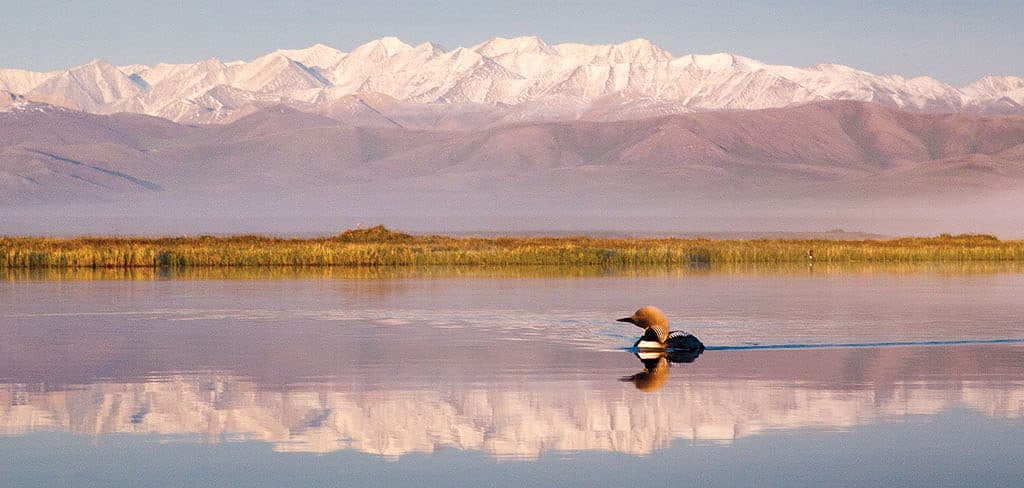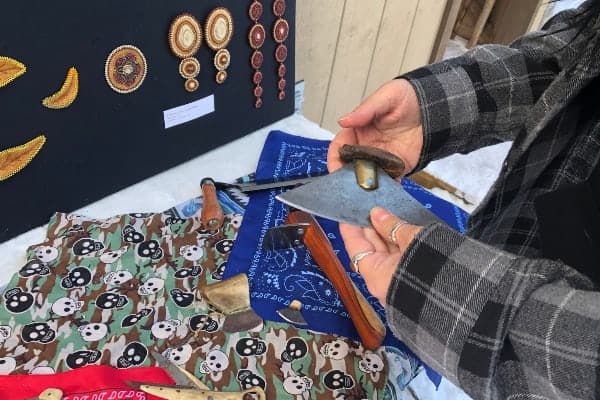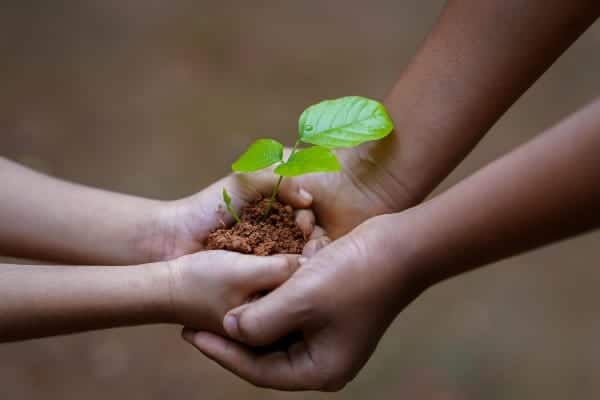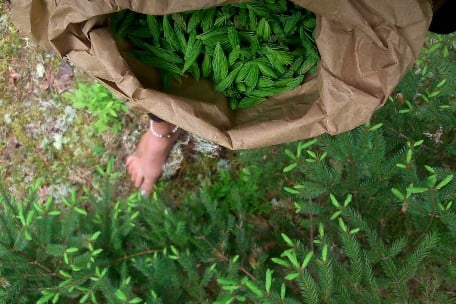Which land mammal migrates farther than any other? It’s not the wildebeest on the savannas of Africa, or the antelope on the Tibetan steppe. It is the Porcupine caribou herd, right here in the Yukon. Every spring, more than 200,000 caribou move north on their way to the Arctic National Wildlife Refuge in Alaska, where they give birth to their calves.
Some caribou travel as far as 4,000 kilometres each year, which is the equivalent of walking from Whitehorse to Saskatoon and back again. Caribou face challenges throughout their journey, including wolves, mosquitoes, rugged mountains and swollen rivers. But there’s one thing that threatens the Porcupine caribou herd above all. It’s the prospect of oil drilling in the Arctic Refuge, in the heart of their calving grounds.
I’ve been lucky to spend a lot of time exploring the Arctic Refuge. I’ve seen firsthand how wary caribou are—especially with young calves. Caribou are cautious of a few solitary hikers. There’s no way they could coexist with oil derricks, pipelines, gravel mines, roads and airstrips.
The Gwich’in call the calving grounds “Iizhik Gwats’an Gwandaii Goodlit,” or The Sacred Place Where Life Begins. The Arctic Refuge sustains the Porcupine caribou herd. In turn, caribou sustain life in Gwich’in communities across the north. Caribou are a staple in places like Old Crow, where a bag of apples can cost $17 and two litres of milk is $8.
Gwich’in elder and advocate Lorraine Netro knows the dangers that drilling would bring. “If anything should happen to this sacred place where the caribou give birth to their young, it’s not only going to destroy the Porcupine caribou herd, it’s going to destroy us as a Gwich’in people,” she says. “The stakes are high for the livelihoods of all future generations.”
For decades, the Gwich’in have led the campaign to protect the Arctic Refuge. When I was a kid, my parents were involved in these conservation efforts too. They worked alongside the Gwich’in to convince Americans of the value of protecting the Arctic Refuge. I spent many childhood summers hiking or paddling with my parents in the Arctic. Then, for two winters, we traveled across the United States, giving slide presentations about the Arctic Refuge at universities, service clubs, care homes and community halls. Gwich’in advocates often joined us, including Lorraine Netro and Norma Kassi from Old Crow, Liz Hansen from Inuvik, and many others. They’d share stories about caribou, the land and life in Gwich’in communities.
I was eight years old at the time. I had a lot of questions. One time Liz Hansen described how the Gwich’in have uses for every kind of animal on their territory. “What about lemmings?” I asked. Liz chuckled. “Haven’t you heard of lemming meringue pie?” She said. That was 20 years ago, but there’s a lot that hasn’t changed. The Porcupine caribou are still under immense threat from oil drilling and people like Lorraine Netro are still working hard to protect the Arctic Refuge. A younger generation of Gwich’in leaders are stepping up too. Now I’m working for CPAWS Yukon, and have the fortune to work alongside the Gwich’in once again.
Two months ago, the U.S. Government finished its environmental review of oil development in the Arctic Refuge. These reviews are supposed to thoroughly examine the environmental impacts of projects and find the least impactful alternatives. Unfortunately the U.S. Government’s environmental review did the exact opposite. It downplayed the devastating impacts that oil drilling would have on caribou and the Gwich’in. It offered up the entire Arctic Refuge coastal plain to oil companies. Many organizations, including the Gwich’in Steering Committee and CPAWS Yukon are now taking the U.S. Government to court. We’re accusing them of breaking their own environmental laws over the Arctic Refuge. If we win, we hope a judge will toss out the U.S. Government’s environmental review and cancel any decisions that were made because of it.
There’s a parallel campaign to protect the Arctic Refuge. This one focuses on an unusual audience—banks. Last December, I travelled to Toronto along with representatives from the Vuntut Gwitchin and the Gwich’in Tribal Council. We met with Canada’s wealthiest banks and urged them not to lend money in support of Arctic Refuge drilling.
Developing oil fields in the Arctic Refuge would be astronomically expensive. That means oil companies may need banks to lend them money to make drilling possible. Five major banks in the U.S. and more than a dozen overseas have already taken action on the Arctic Refuge. If we can get enough banks on our side, then oil companies may fall short of the funds they need. At the very least, it will make oil companies think twice before pursuing the Arctic Refuge. With lawsuits and decisions from banks approaching, the next few months will be critical for the Porcupine caribou herd. The future is still uncertain, but I take optimism from the resolve of the Gwich’in. The Arctic Refuge has been in grave danger before, but the tireless work of the Gwich’in and their allies has always prevailed. “I truly believe as Gwich’in people, that we will prevent drilling in the Arctic Refuge,” Lorraine Netro says. “We will use every tool and resource at our disposal to protect the calving grounds of the Porcupine caribou herd.”





